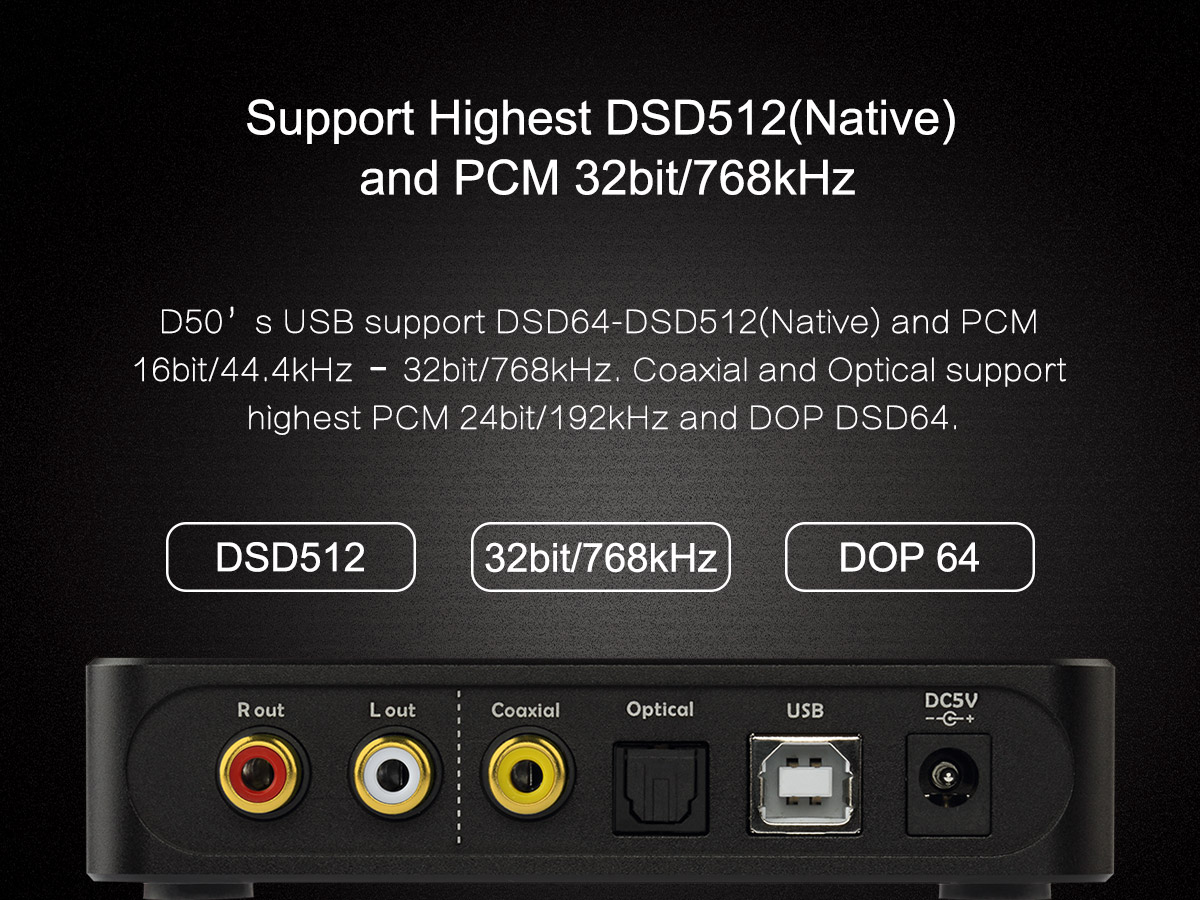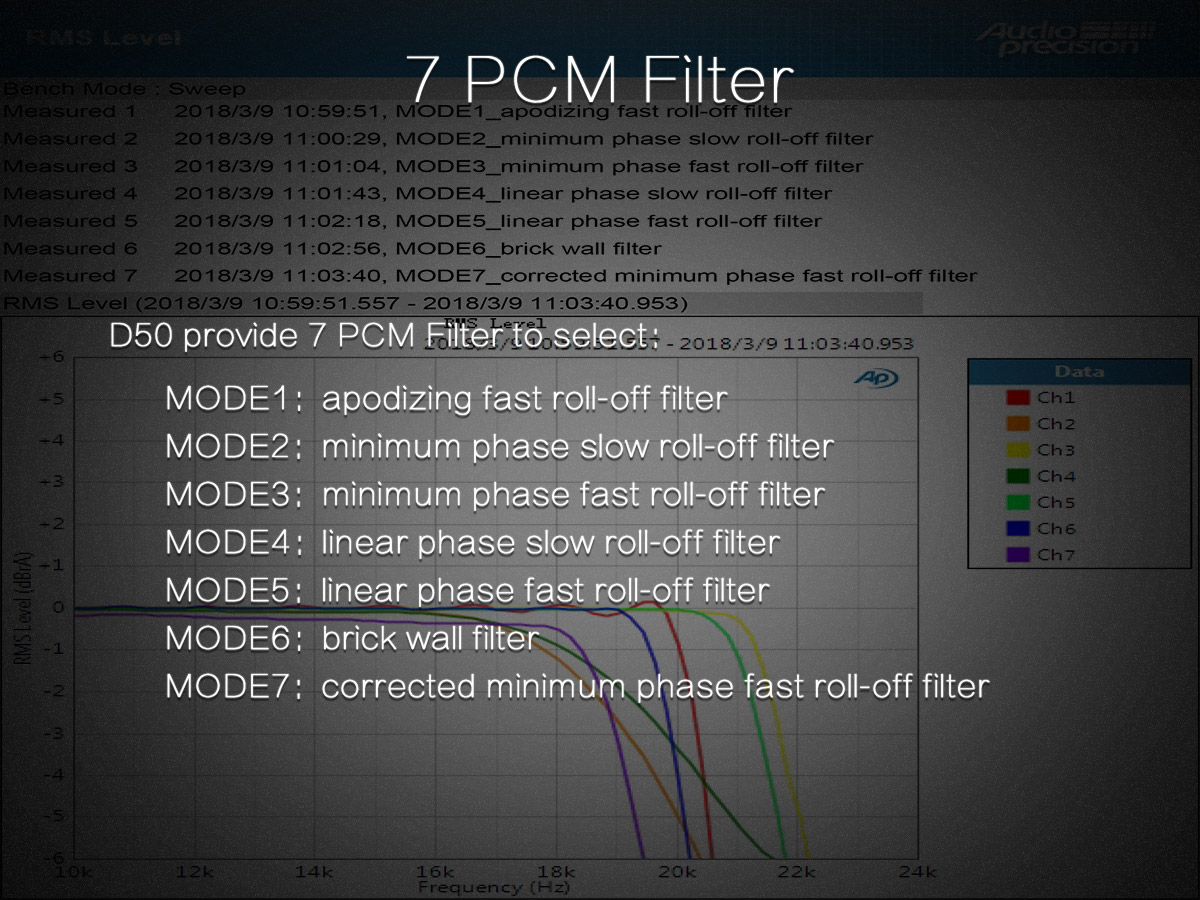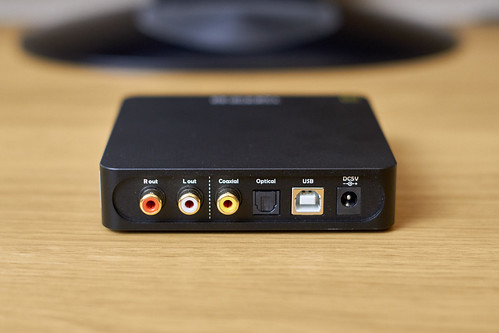**First, a brief review of a different DAC, the Topping D30**
The Topping D30 is, in my opinion, a really bad DAC. When my burgeoning interest in audio first started to mushroom cloud into a curiosity about DACs and amps, I found myself awash in a sea of data. The world of amps and DACs is a complicated and messy and enigmatic place to a budding audio enthusiast, and nobody already in the know really takes pains to provide an ELI5: it falls instead on the burgeoning listener to trawl what they can from various forum debates, thesaurus-abusing reviews, and superlative-or-scathing write-ups available online. (I mention this because we forget, of course, how lost we were, how much we relied on the opinions of those more knowledgeable than we -- or, perhaps more accurately, those more assured in their own vindications.) Amir, of audiosciencereview.com fame, had just posted his glowing review of the Topping D30, and feeling impatient and tired of weighing internet opinions, and also thinking I could trust what seemed to be sound, empirical science -- his measurements and indiscernible graphs suggested that the D30 simply passed the signal along to the amp and that's that -- I ordered one from Amazon.
My only experience with DACS before then were the nameless implementations of various phones, iPods, and motherboards I'd used -- other than the Sabre DAC built into my cellphone, the LG V30, my first real foray into hi-fi audio other than headphones (and my first real taste of the massive difference a great source and amp could make). With this in mind I expected basically the same sound as came from the V30: lo and behold, I hooked up the D30, and was immediately disappointed. It sounded surprisingly bad; smudgy, lacking definition, somehow compressed or less dynamic than the V30. I sold it and got a string of other DACs, auditioning as I went along; an EL DAC, an SDAC (in a CTH), and eventually a Schiit Bifrost Multibit, which I've been satisfied with ever since.
I rested. Obviously, since then there's been lots of Amir-fueled discussions revolving around well-measuring DACs, poor-measuring DACs, what constitutes good or bad equipment. I was loathe to even bother reading his reviews anymore since I felt, frankly, so badly burned by the D30 review, and since his measurements seemed, to my ear, besides the point. (And since he kind of comes across as oddly ego-centric with a messiah complex.)
One of the DACs I'd considered getting, or at least trying out, instead of the Bifrost was the Topping D50. It used Sabre DAC chips, which seemed a known quantity since those were in my beloved V30 (rest in piece), and the feature set and little LED screen looked appealing. But the "record-setting" measurements, glowing Amir review, and Topping pedigree made me wary, and I stayed away.
...until about three weeks ago. Seeing enough short and positive reviews around my usual haunts, and wanting to be able to provide my two cents where possible, I bought one from Amazon. I went in, expecting to hate it - -the D30 was also praised, also Amir-approved, also measured well. Once it arrived, I started doing some listening in earnest. Having now experienced a slew of other, wildy more expensive DACs and amps since the D30 misfire, hopefully this review can guide those looking for their first DAC, or an economic DAC to settle on, or even just another fun piece of kit.
**Sound & Comparisons**
Because rest assured, the D50 is a really good DAC. Like, really, really very good. Out of all of the entry-level DACs I've tried, including the EL DAC, SDAC, D30 (as I've mentioned), and Schiit Modi 2 (both Multibit and AKM -- I have not heard the Modi 3 or newer Multibits), I'd have to say that I believe the D50 comes out on top. It's a very appealing, immersive, involving sound: bass is thick, substantial, authoritative, fun, maybe just the slightest touch bloom-y, but not unnaturally so. Mids are nuanced, detailed: vocals are imbued with great presence and texture, and drums and guitar with deliciously accurate-sounding timbre. If there's a trouble spot, I'd say it's in the treble, which is not bad, but is perhaps a bit overenergetic. (As an aside, I'd always wondered what the 'Sabre Glare' was, since the V30 lacked anything I felt I could call glare, but this DAC has maybe educated me in the matter.) I don't feel it will ruin the experience for most, but anyone who knows they prefer NOS, R2R-y vinyl-tubey-gooey-ness may not appreciate how this amp conveys detail up top, which is to say, not subtly. With brighter amps and headphones, it may even breach into the territory of sibilance: lord knows with my Asgard 2 and ZMF Oris, both of which err on the warm side of things, I found it sometimes a little much and had to turn down the volume a touch to compensate. (For example, incidentally, the Radiohead track "Electioneering" came on as I was writing that sentence, and the distorted guitars and compressed mixing of that particular track warranted a volume change.)
Comparing the sound back and forth between the Bifrost Multibit, I'm surprised by the differences. The Bifrost does not have the D50 soundly trounced, not by a long shot -- in some regards, with some headphones, I outright prefer the D50. Timbre sometimes seems to me more vigorously represented by the D50, detail retrieval up top is more effortless, less buried in the mix (whether this is good or bad is moot, I think it's preference, or perhaps even down to mood). Mids seem especially energetic, with certain vocals floating over the rest of the mix with more clarity or separation than from the Bifrost, where it's a touch more cohesive (again, whether this is better or worse will come down to preference). The D50's midbass is tighter and more impactful, with what seems like a slight extra emphasis in the midbass, though subbass sometimes feels a little bloated or out of control from the D50. Imaging on the Bifrost is more holographic or three-dimensional, the soundstage is more expansive, whereas the D50 can feel a touch hewned-in and right beside you.
To compare to other entry-level DACs: the D30 comes nowhere close to the D50's fidelity, and shouldn't even be considered in my opinion. The SDAC and EL DAC (which sound basically identical to my memory) were fuzzier, darker listens, with something akin to a roll-off up top and a kind of hazy sound from the midbass through the mids, and a subsequently less satisfying low-end response. The D50 comes close to my fond memories of the V30, but the slightly sloppier low-end and sharper high-end stops it just short of attaining that bliss for me.
I think the D50 may also be deeply dependent upon headphone parity compared to the Bifrost, for whatever reason. Listening to "Blood Sugar Sex Magic" (the track) on the D50 ranges from sublime (ZMF Oris) to somewhat sibilant (HD800). A specific example of sibilance occuring is the high frequency guitar feedback that kicks in the left channel at 2:20 -- on the Ori's it's fine: on the 800's, it's piercing. On the Bifrost it's not an issue with either pair. With some Sennheiser 650s it falls somewhere between, with certain guitar parts coming off a little hot, and others being totally fine.
**Features**
After over a year with the Bifrost I didn't think I needed an LED screen, but I've actually found it to be very handy while using Tidal in exclusive mode to know whether a track is in 44.1kHz, or is going up to 48kHz or even up to 98kHz in the case of RHCP's "Blood Sugar Sex Magick". It was also fun, therefore, to compare back and forth the non-Master version at 44.1kHz and the full-res 96kHz version and learn, once and for all, whether it really seems to make a difference. (If you get a D50, or DAC with an LED display, I totally suggest comparing for yourself -- it's fun!!) Two cables are provided in the packaging, a USB-A-to-USB-B cable for connection to your source, and a USB-to-9v-input, which provides power to the unit via any USB outlet adapter or USB port. (A USB outlet adapter is not included -- you'll have to find your own. Including one would have been a classy move by Topping, but it is what it is.) Installation was effortless on my Windows 10 PC, literally plug-and-play. On the front of the D50 is a flat power button and a wobbly little knob used to alternate the input and change the DAC's output volume, or pushed in to mute the DAC completely. Holding the power button brings you to a settings menu with DAC filter settings, LED screen options (Auto-off, etc), Auto-power-on toggle, and a factory reset option. Cycling through the DAC filter settings I couldn't consistently tell a difference: with these I can always tell something is different, but it's difficult to quantify. (This is actually different from my experience with the V30, which had similar filter settings, where I found 'fast' to be my favorite filter setting and felt I could actually tell a difference in soundstage and immediacy.)
**Summary**
I bought the D50 so as to be able to contribute meaningfully in discussions about budget, highly-recommended DACs, fully expecting to be unimpressed, fully intending to merely sell it off after a bit of familiarization, and am more than happy to be proven subjectively wrong. It's really, really solid, absolutely worth the hype in my opinion, especially for the price point. It's not flawless, of course, nothing is, and I'm sure there are many who will disagree with what aspects of the sound are merits or flaws. (And, naturally, plenty who will call bull that there's any difference anyway.) Had I stumbled on this before the Bimby I likely would have stuck with the D50. While its myriad strengths are not enough for me to kick the Bimby to the curb (I do believe the Bimby is overall better, slightly more natural, more spacious and holographic), the Bifrost is certainly not 4x better, as the price could suggest. There is apparently an incoming update, the D50s, which includes Bluetooth and some tweaks to the DAC that, measurements-wise, are an improvement -- I'd love to hear it sometime, as I think the D50 is an excellent DAC: and for now it'll be the one I recommend to people for their first serious audio set-up.














